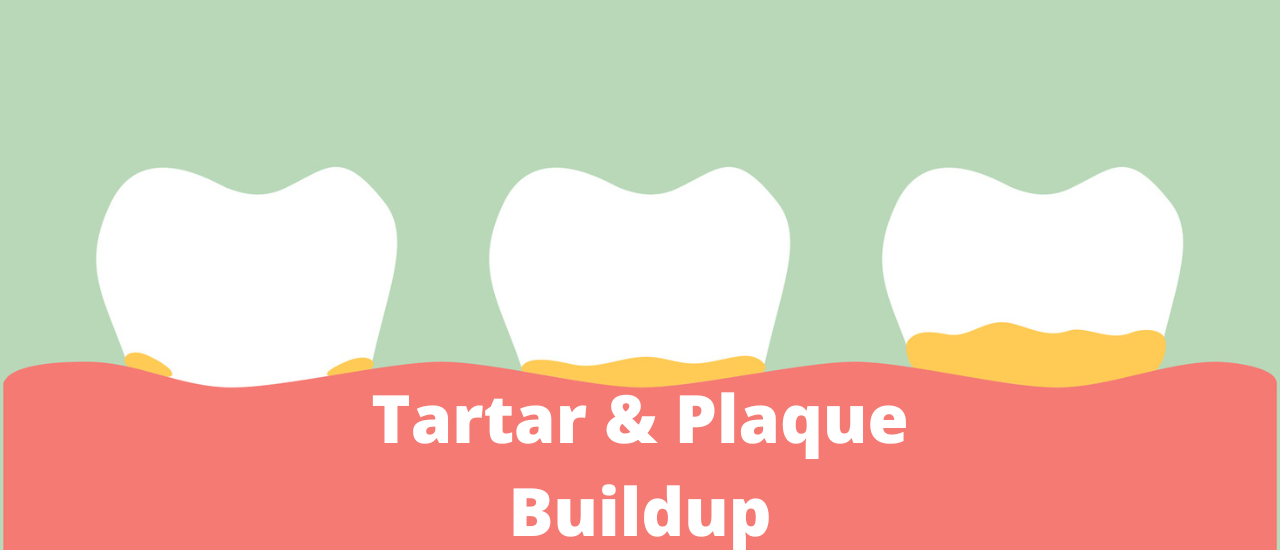

wordpress-seo domain was triggered too early. This is usually an indicator for some code in the plugin or theme running too early. Translations should be loaded at the init action or later. Please see Debugging in WordPress for more information. (This message was added in version 6.7.0.) in /home/sehatnagar.com/public_html/wp-includes/functions.php on line 6114
Plaque that has been left on the surfaces of teeth for an excessively long time and hardened it becomes tartar buildup. Plaque that is not removed from your teeth eventually turns to tartar. As we previously discussed, tartar is a hardened plaque. Plaque buildup is a thin, sticky film that forms daily on your teeth. It can irritate gum tissues and forms at, below, and above the gum line. Too much plaque on your teeth will eventually harden into tartar, which is much more challenging to remove. It is an accumulation of plaque buildup on the teeth that has become hardened due to the deposit of mineral salts (such as calcium carbonate). Tartar buildup formed when plaque buildup can result in problems other than cavities. Along with gum recession and periodontal disease, it can also result in tooth sensitivity and discoloration.

Plaque is a result of bacteria that are constantly proliferating in our mouths but may not always be visible. Inflammation and irritation of the gums surrounding your teeth due to plaque buildup around the gum line can result in gingivitis (red, swollen, bleeding gums). Run your tongue over your teeth to quickly detect plaque, which is typically a sign of poor oral hygiene. Dental plaque has a gritty, sticky feel, and it can even be seen as a light-colored layer lining the enamel of your teeth. Gingivitis can develop into periodontal disease and possibly lead to tooth loss if it is not treated.
Tartar on teeth is porous, which gives it a rough feel. This implies that bacteria can enter those pores. Tartar buildup typically begins as an off-white or yellow color, but under certain conditions, it can take on a dark hue. Certain substances that you consume can cause tartar to take on a darker hue, such as:
Additionally, you shouldn’t ignore tartar because it can accumulate and ultimately increase your risk of developing tooth decay, endangering your teeth and gums. It gathers along your gum line and can irritate your gums, leading to gingivitis, a type of inflammation. Periodontitis carries additional health risks that extend beyond oral health, including an increased risk for respiratory disease, heart disease, and diabetes. Periodontitis carries additional health risks that extend beyond oral health, including an increased risk for:
The best way to avoid tartar buildup is to maintain good dental health, as with the majority of dental conditions. Additionally, you can prevent tartar buildup by:
Let’s talk about the different home remedies which helps you to remove tartar buildup from teeth at home.
Plaque on your teeth can be removed with the aid of baking soda. All you need is a toothbrush, toothpaste, salt (if you want it), and a teaspoon of baking soda. Use baking soda alone or combine it with salt for this task. As you brush your teeth, keep it on the toothbrush’s bristles. Now swish some lukewarm water around in your mouth. You can also use toothpaste that has been combined with baking soda to brush your teeth. Simply verify the amount of baking soda used. Too much can damage tooth enamel.
The peels can be used to clean your teeth by directly applying to them. Simply rub an orange peel piece on your teeth for two minutes. Wash it while the juice is still on. Additionally, you can turn this into a paste and scrub it on your teeth. Put warm water in your mouth to rinse. Do this three or four times a week.
Swish some white vinegar around your mouth after diluting it with water. White vinegar kills bacteria naturally and effectively removes plaque buildup. Keep in mind that it may not be the most appetizing home remedy for tartar removal.
Although Aloe Vera is bitter, it can help remove tartar from your teeth. Make a paste out of it and a few other ingredients to clean your teeth. 1 teaspoon Aloe Vera gel, 4 teaspoons glycerin, 5 tablespoons baking soda, lemon essential oil, and 1 cup water Combine these ingredients and use them to scrub your teeth. Repeat daily until the plaque and tartar are gone.
Swish two tablespoons of vegetable oil and ground cloves around your mouth. The anti-inflammatory properties of clove, combined with the pulling effect of oil, can help to naturally remove tartar from your teeth.
Debridement is the only standard treatment for most cases of plaque or tartar accumulation. It is the process of having your teeth professionally cleaned.
Using specially designed tools, the dentist will scrape dental plaque and tartar from the teeth enamel as well as above and below the gum line.
To prevent further tartar and tooth decay, the dentist will remove the corrosive acidic compounds produced by oral bacteria. This procedure also includes the smoothing of your teeth’s exposed surfaces.
To give your teeth a lustrous finish, the dentist will buff away superficial stains and soft plaque deposits from the enamel.